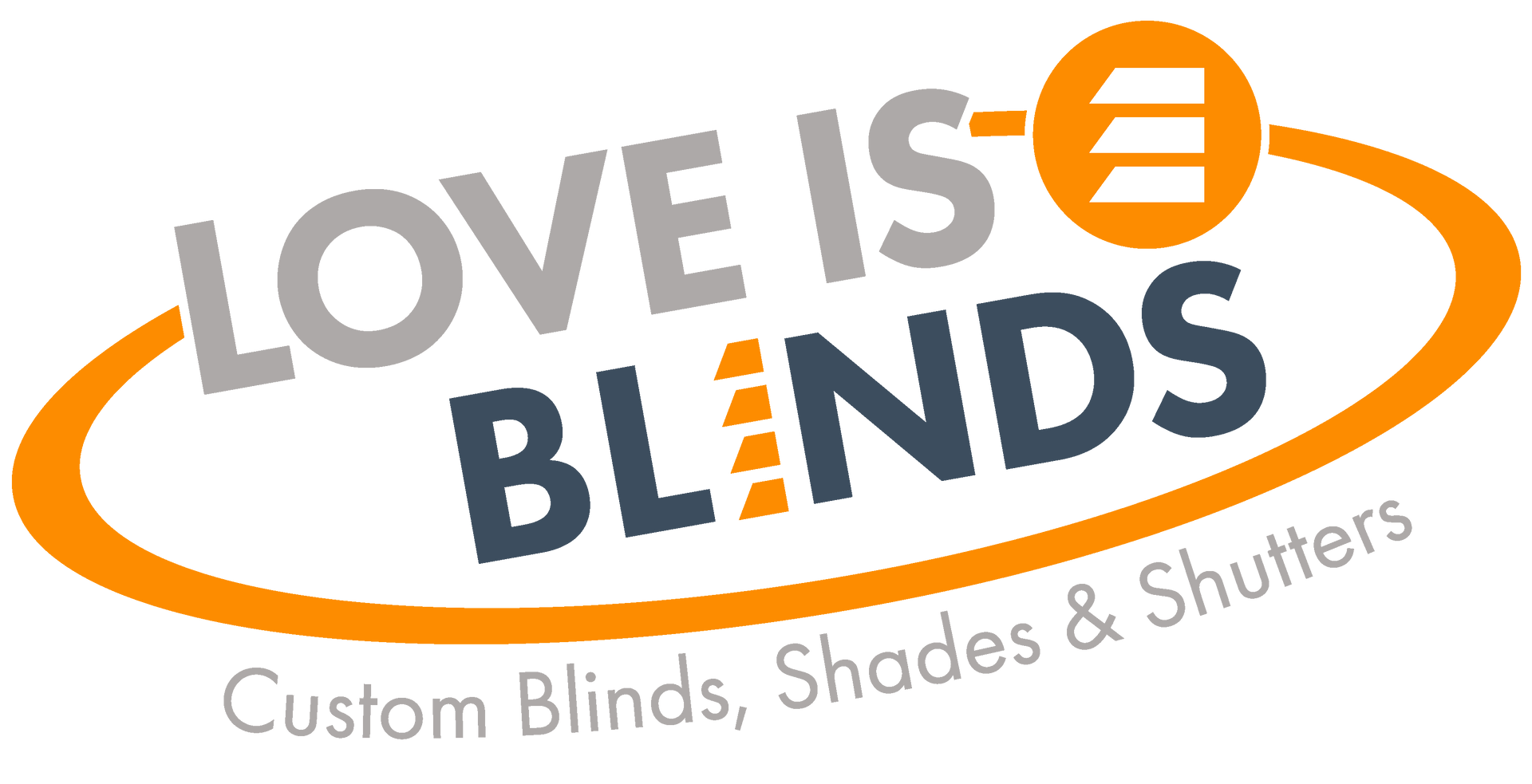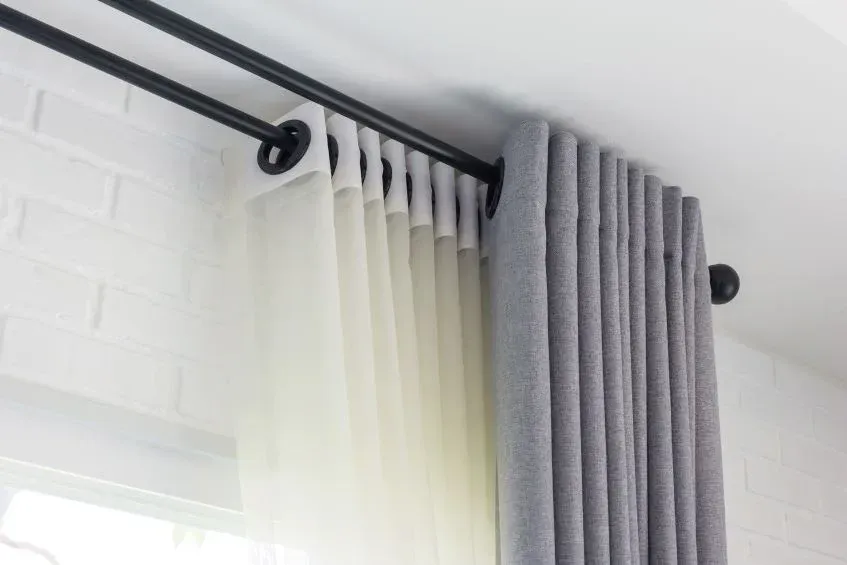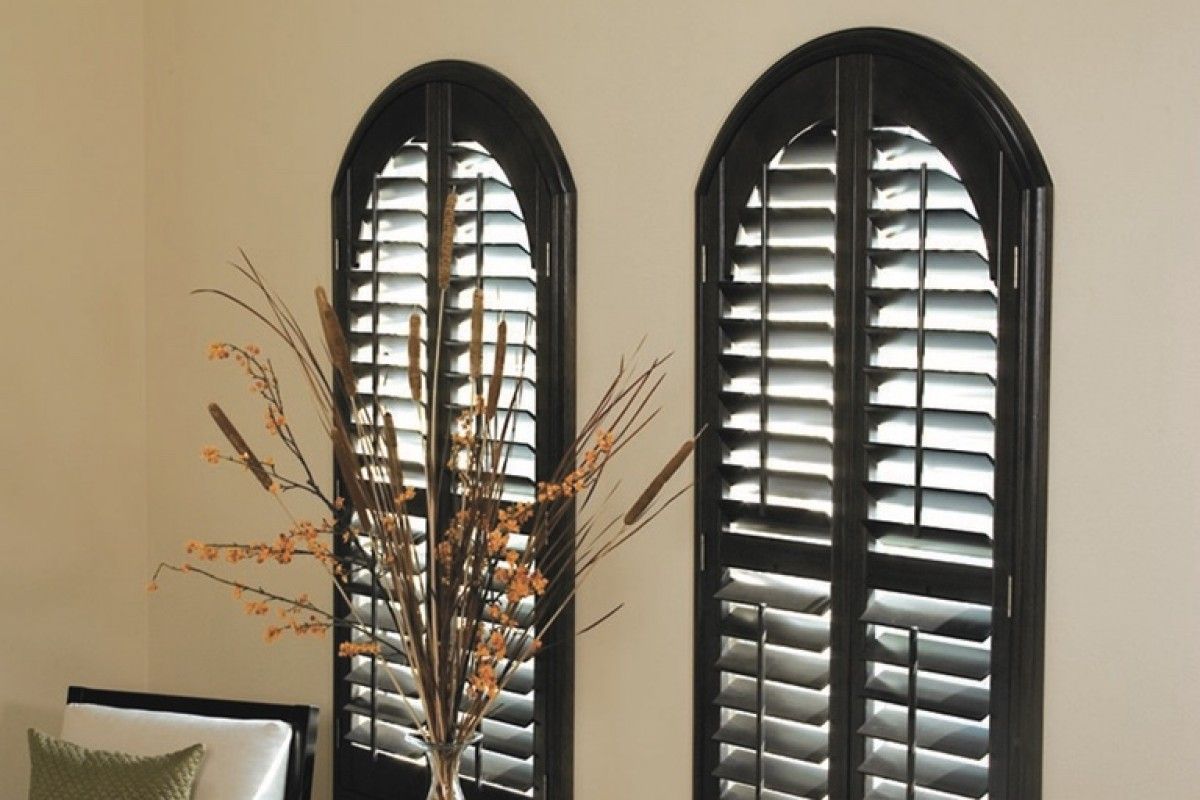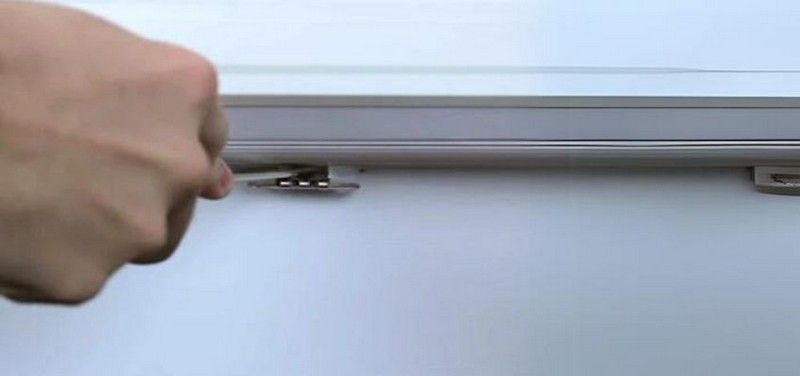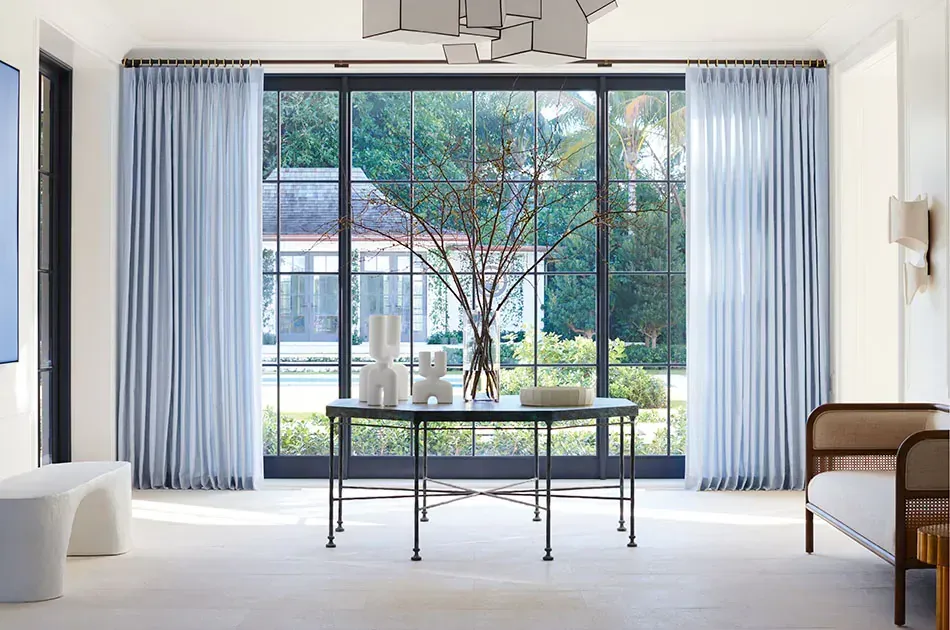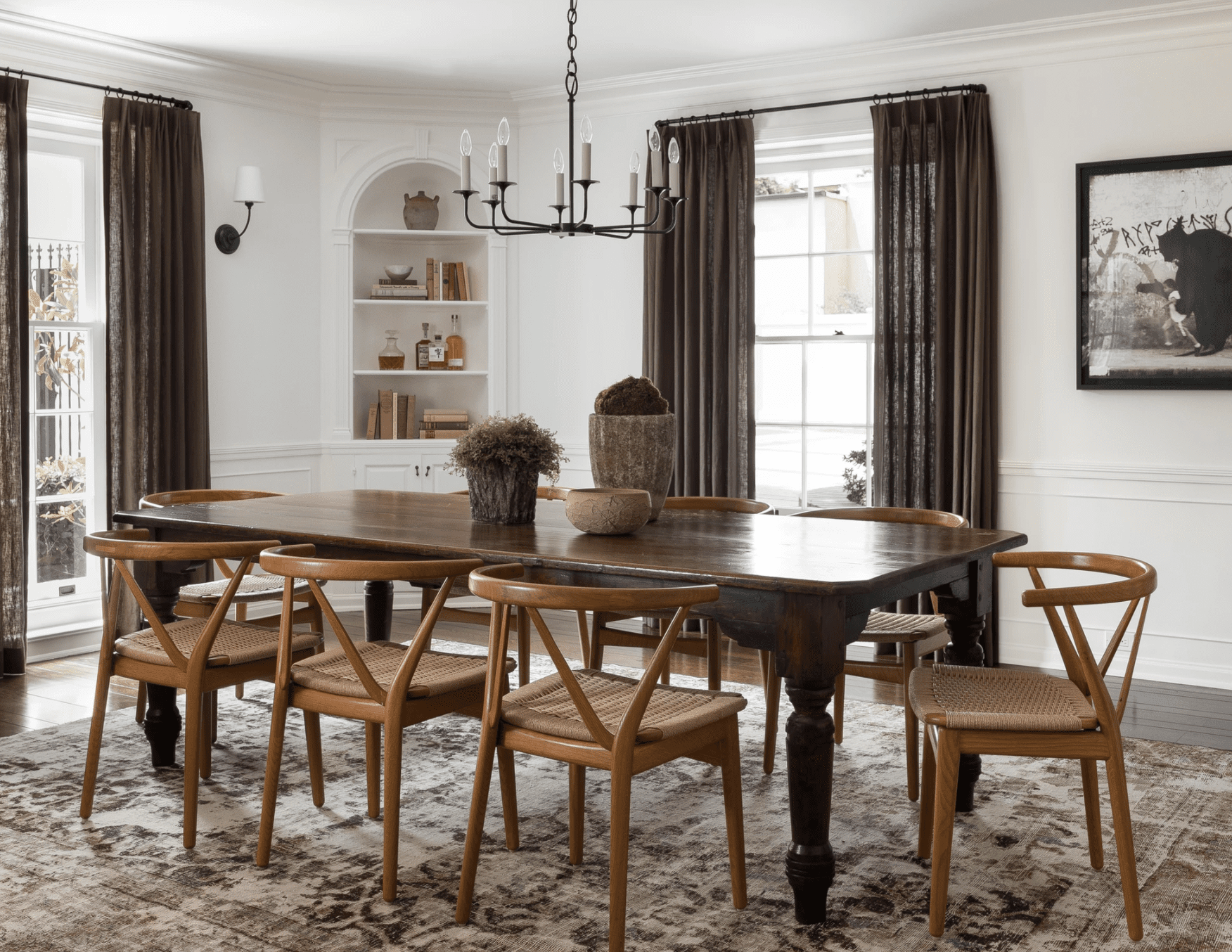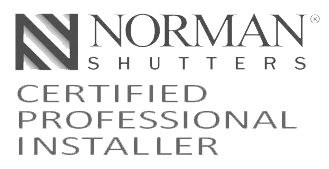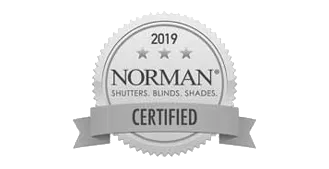LOVE IS BLINDS
Vertical vs. Horizontal Blinds: How to Properly Use Them
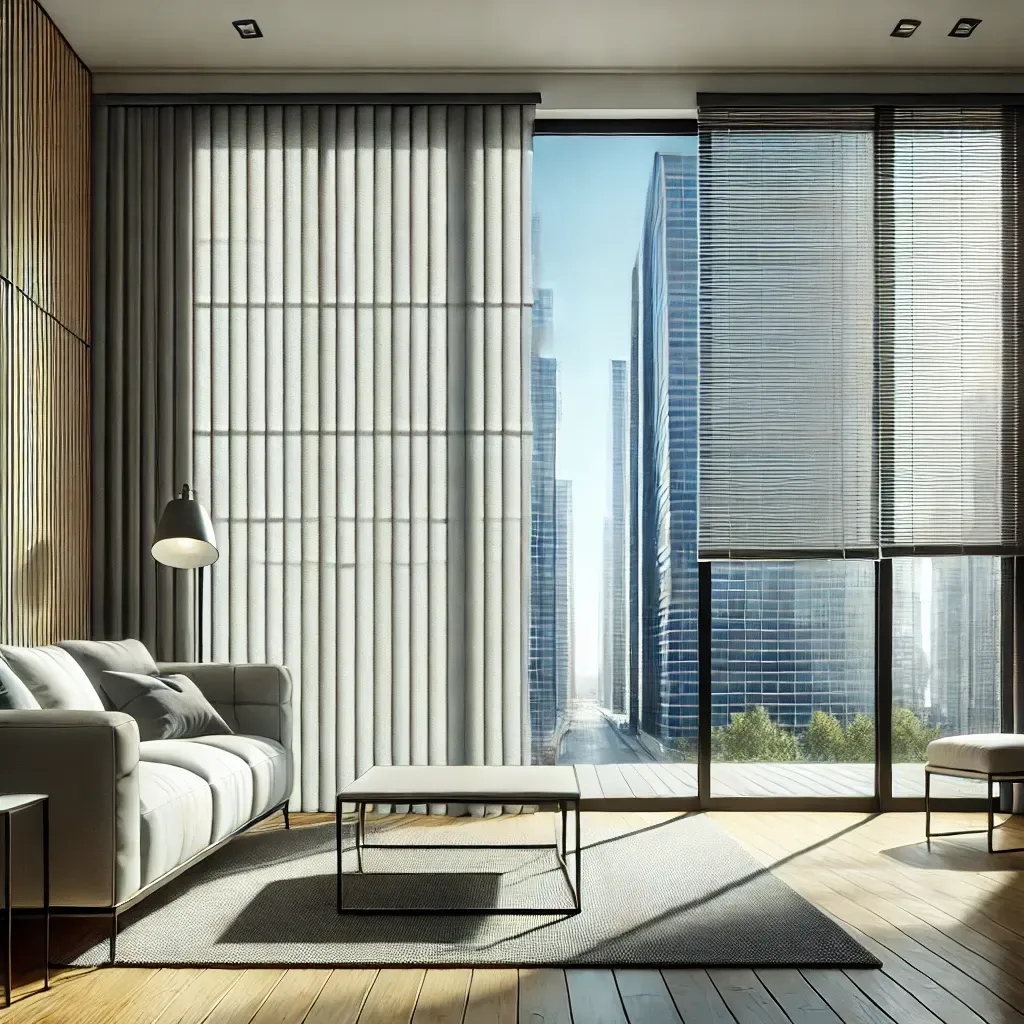
When it comes to window treatments, selecting the right blinds—whether vertical, horizontal, cellular, or roller shades—is key to achieving the perfect balance between light control, privacy, and style. But with so many options on the market, how do you decide between vertical and horizontal blinds? Each type, including cellular and roller shades, has its own benefits, ideal uses, and unique characteristics that make it suitable for different spaces and purposes.
What Are Vertical and Horizontal Blinds?
Vertical Blinds

Vertical blinds are composed of long, vertical slats that hang from a track. These blinds can be pulled to the side or tilted open to control light and privacy. They are typically used for large windows and sliding glass doors, making them a practical choice for rooms with expansive views.
Horizontal Blinds

Also known as Venetian blinds, horizontal blinds consist of horizontal slats that can be tilted or raised and lowered. They are ideal for smaller windows, providing a more traditional look while offering excellent privacy and light control.
Light Control: Which Blinds Offer Better Performance?
Vertical Blinds for Sun Blocking
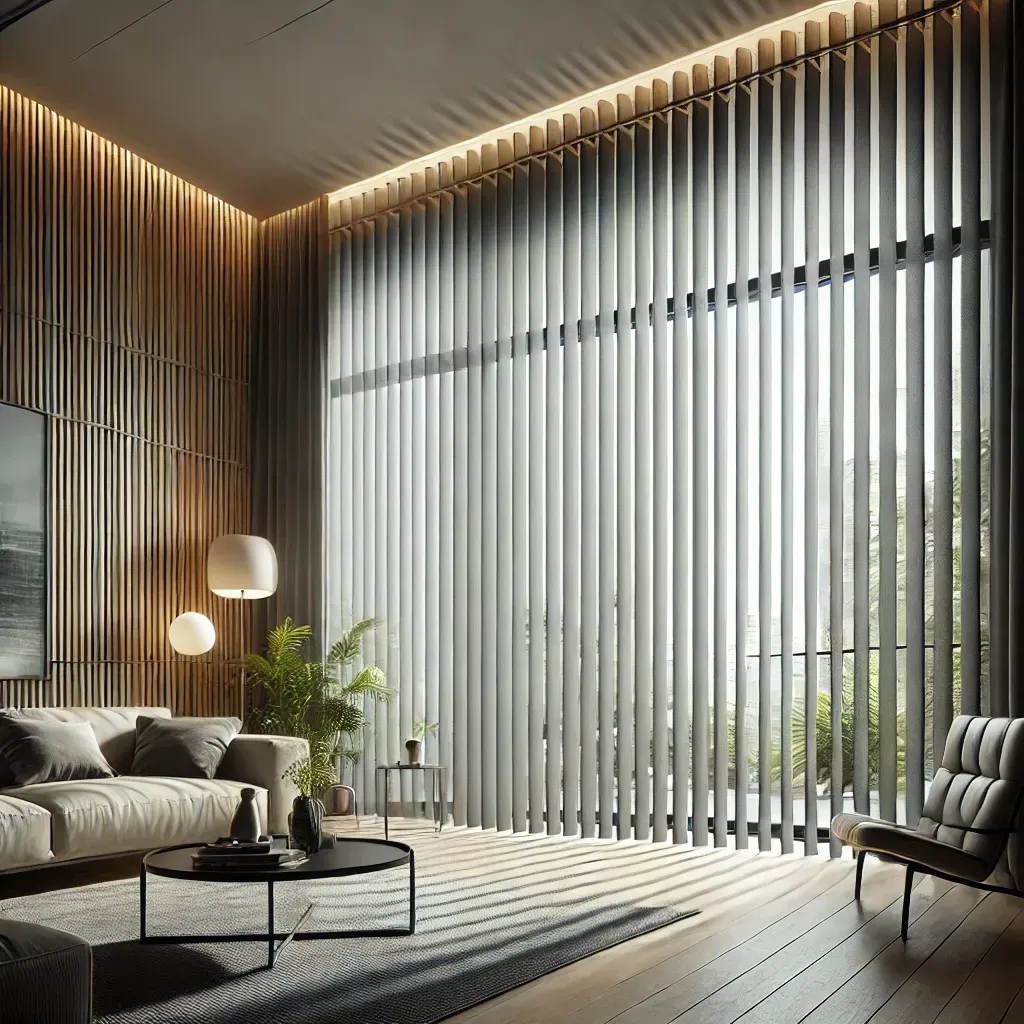
Vertical blinds are designed to block sunlight more effectively, making them a great option for keeping rooms cool. When closed, they provide excellent coverage, especially for large windows, helping reduce heat buildup in a room. Their design allows the slats to block sunlight at a sharper angle, making them more effective at controlling intense light.
Horizontal Blinds for Subtle Lighting
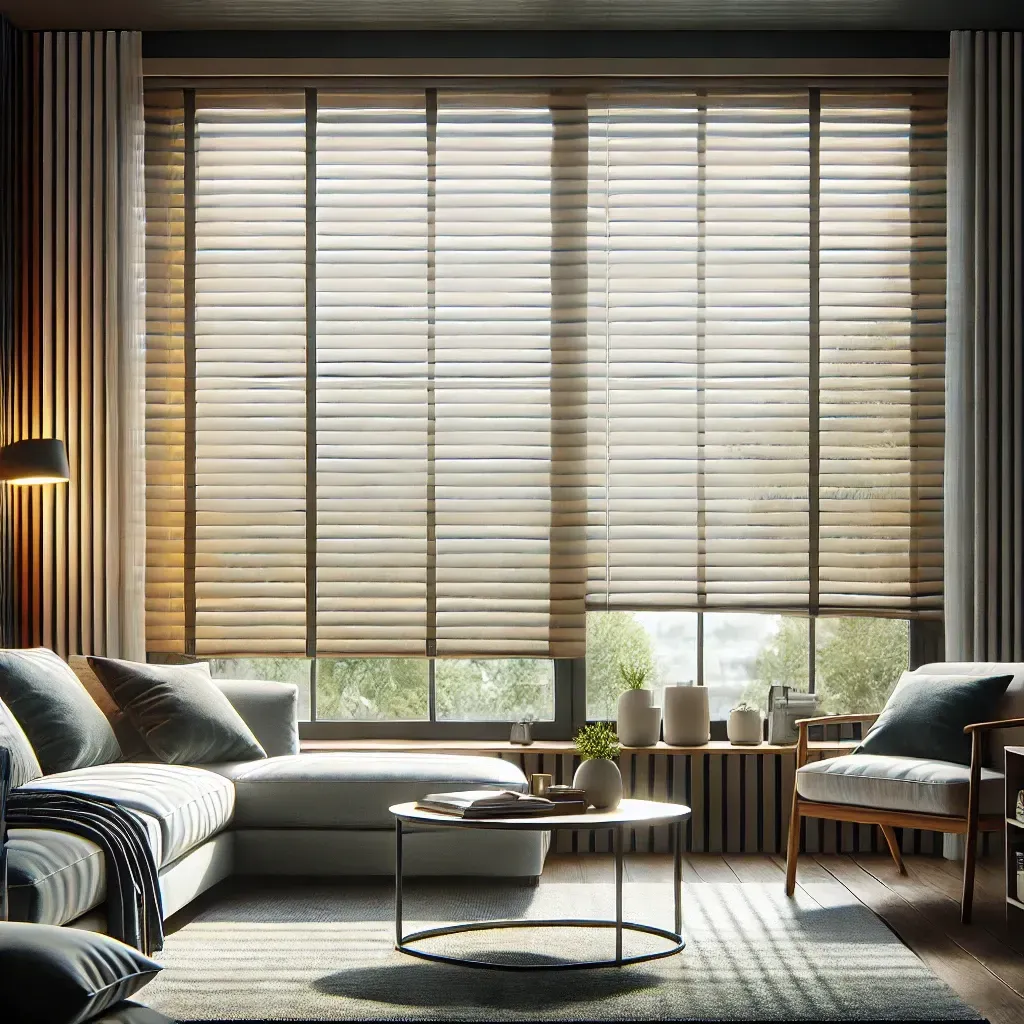
On the other hand, horizontal blinds are better suited for rooms where you want to let in some natural light while still maintaining privacy. Their slats can be tilted to various angles, allowing you to diffuse light while keeping your space illuminated. If you're looking for softer lighting, horizontal blinds offer more flexibility in adjusting the light that enters your room.
Cleaning: Are Vertical or Horizontal Blinds Easier to Maintain?
Vertical Blinds: Low Maintenance
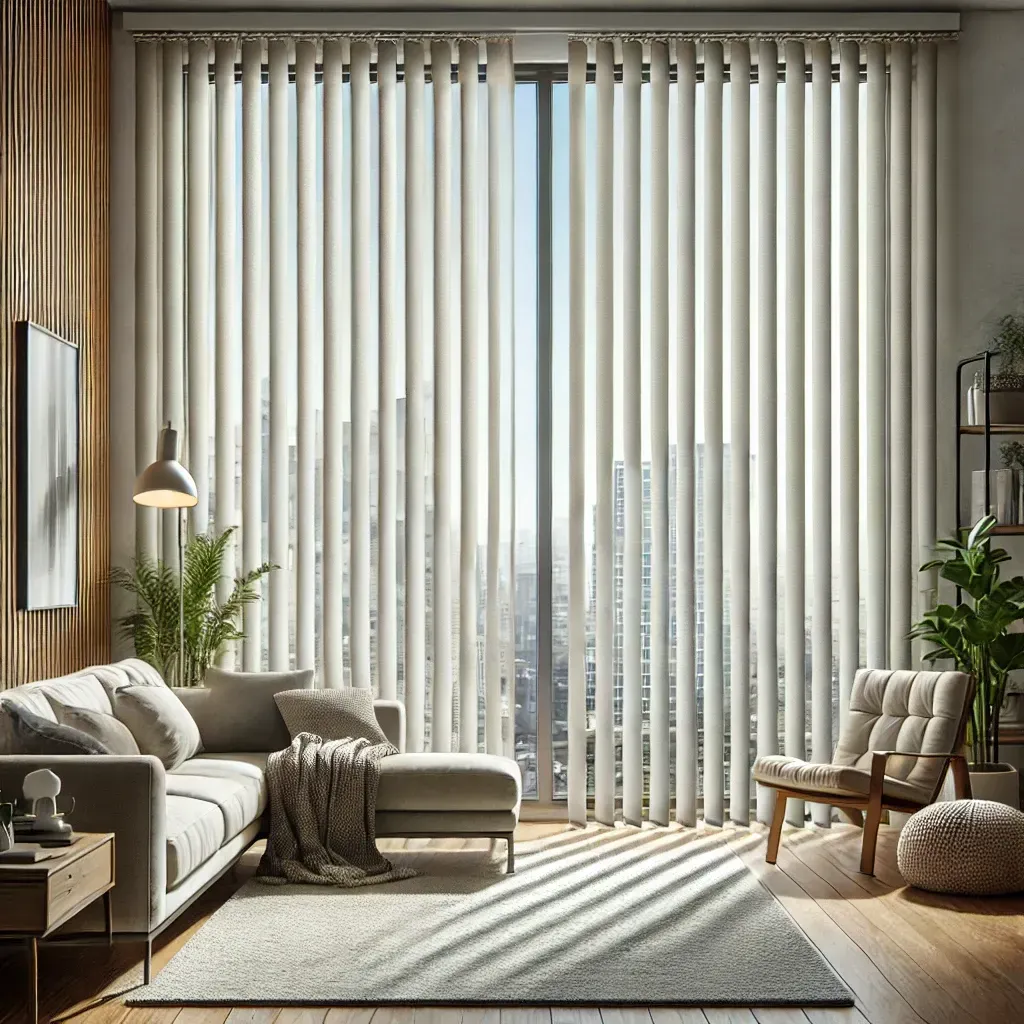
Vertical blinds are easier to clean because the slats hang vertically, which reduces dust accumulation. Since dust tends to settle on horizontal surfaces, vertical blinds collect less dust and dirt, making them a low-maintenance option. This is a big plus if you’re looking for a window treatment that doesn’t require frequent cleaning.
Horizontal Blinds: More Regular Upkeep
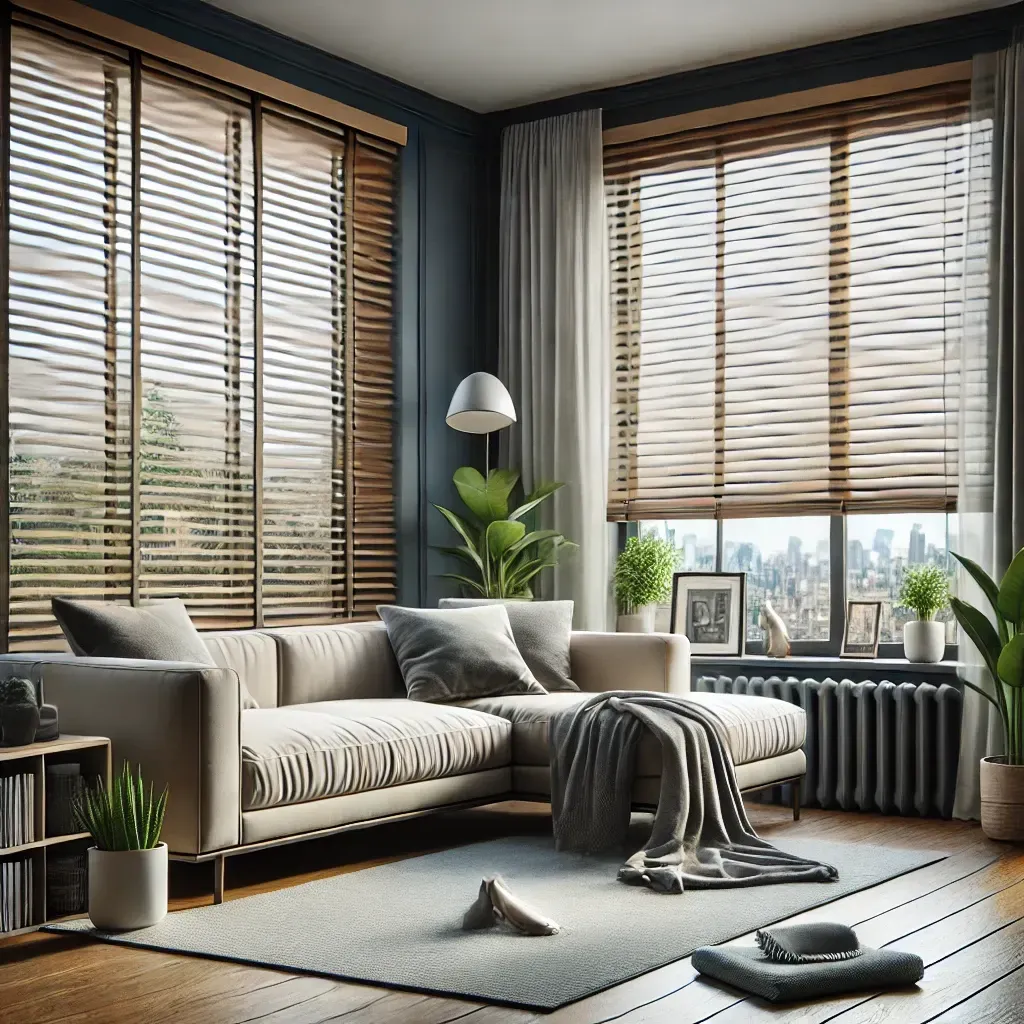
Horizontal blinds, with their flat, horizontal slats, are prone to accumulating dust and require more frequent cleaning. However, they can be easily wiped down or dusted with a microfiber cloth. If you prefer the look of horizontal blinds but are concerned about maintenance, consider opting for materials that are easier to clean, such as faux wood or PVC.
Compatibility: Which Blinds Work Best for Different Window Types?
Vertical Blinds: Ideal for Large Windows
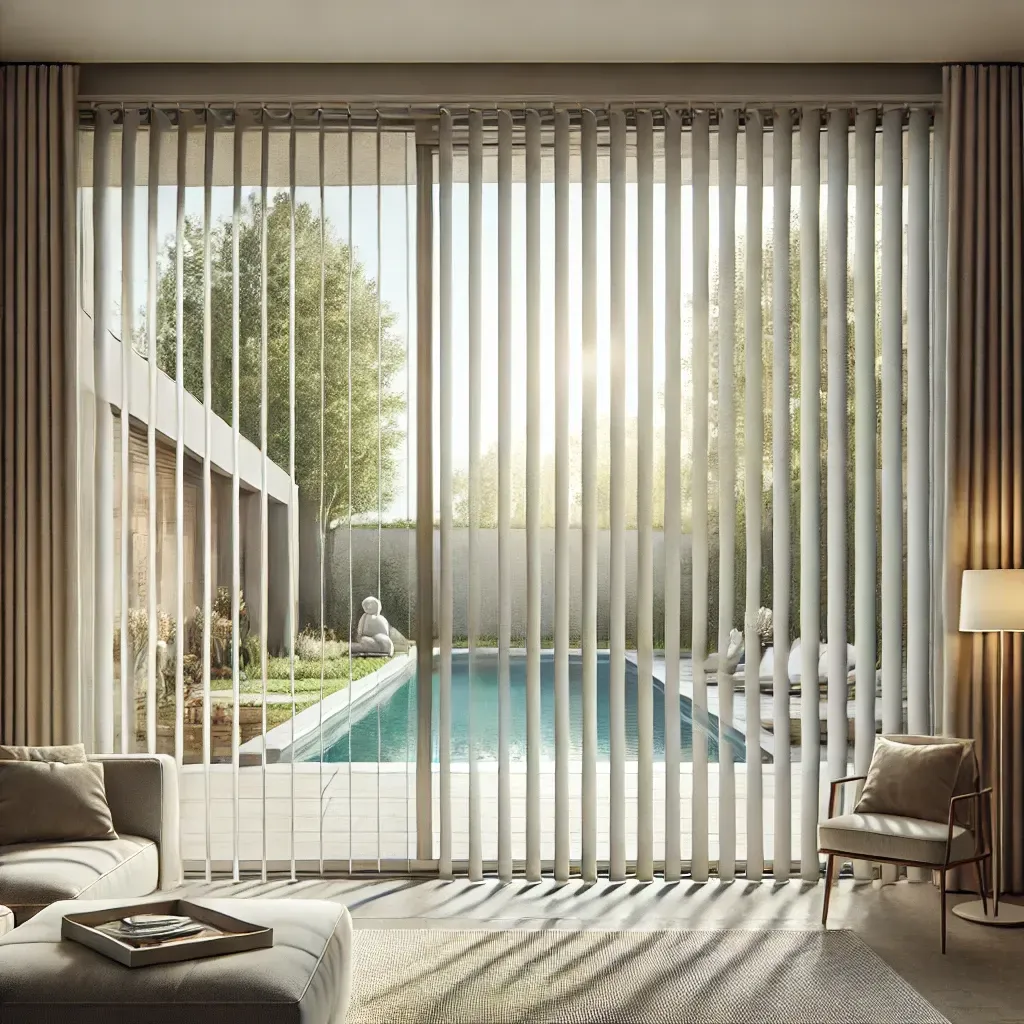
Vertical blinds are most commonly used for large windows and sliding doors because of their vertical slat design. They can cover wide spans of glass without creating too much bulk or visual clutter. This makes them a perfect solution for patios, living rooms, and spaces with expansive views.
Horizontal Blinds: Perfect for Smaller Windows
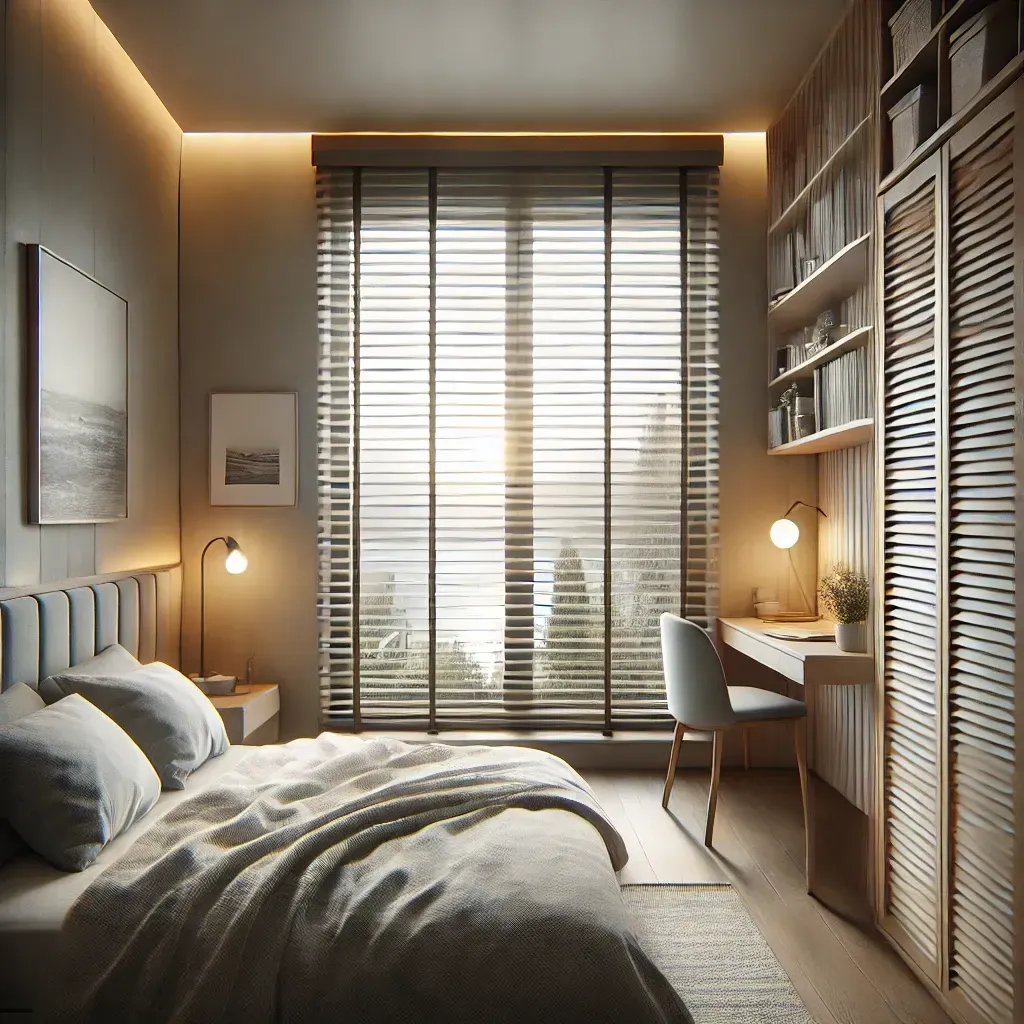
For smaller windows, horizontal blinds are the way to go. They are often used in bedrooms, bathrooms, and kitchens where the windows are smaller and require a more compact window covering. Their flexibility in allowing light in while still maintaining privacy makes them a popular choice for spaces that demand a more traditional look.
Style: How Do Vertical and Horizontal Blinds Compare?
Horizontal Blinds: A Classic Look
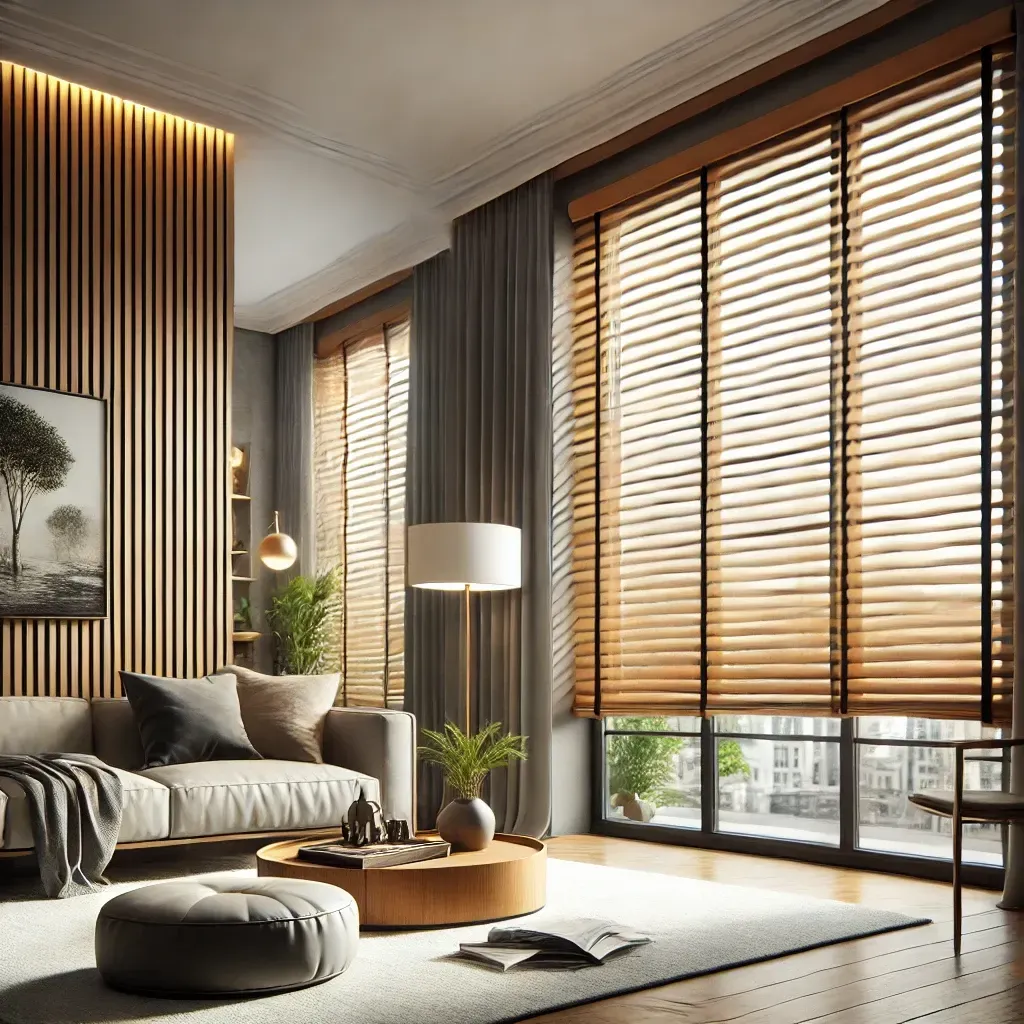
Horizontal blinds, often referred to as Venetian blinds, have a more traditional appearance and come in a wide variety of materials, including wood, faux wood, aluminum, and plastic. Their clean, classic lines make them a versatile option for both modern and traditional interiors. They can be customized to suit nearly any style or color scheme.
Vertical Blinds: Sleek and Modern
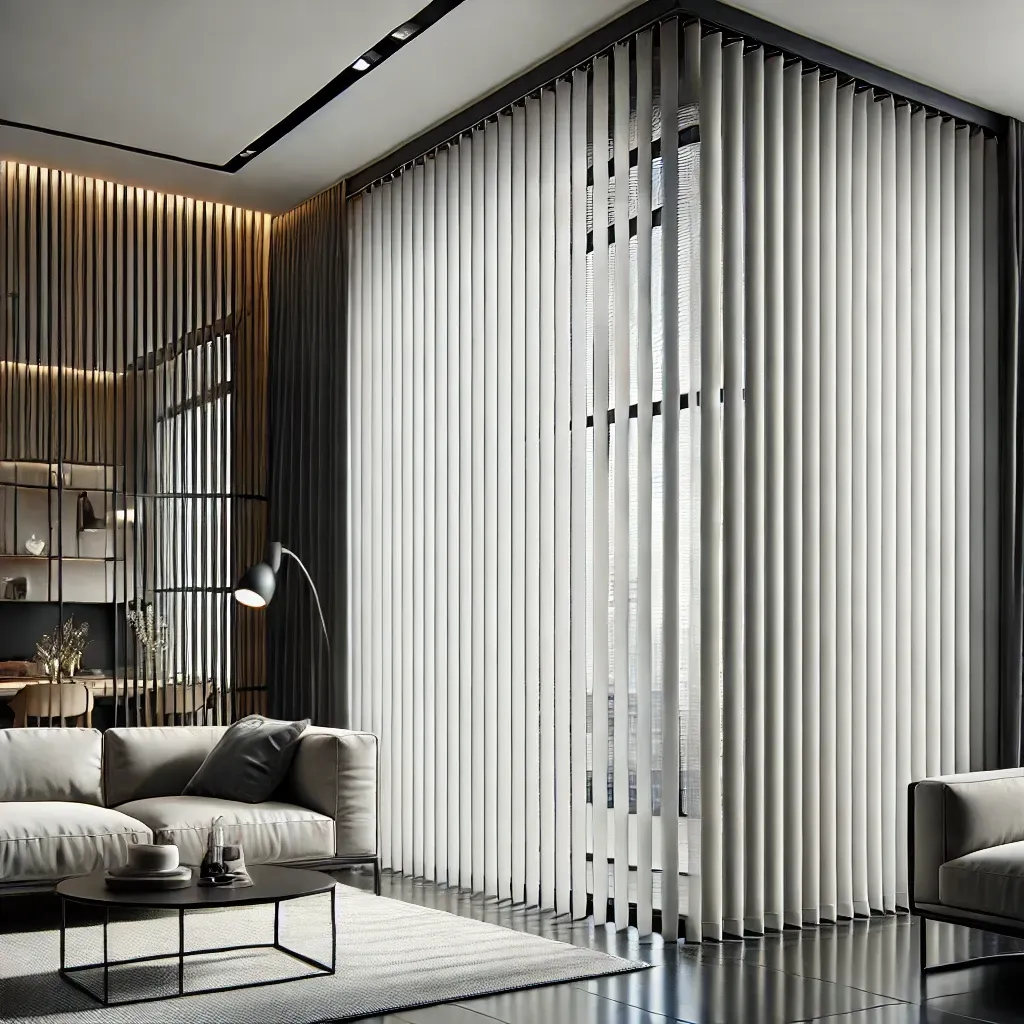
On the other hand, vertical blinds tend to lend a more modern and sleek appearance. They are ideal for contemporary settings and can create a streamlined look in spaces with large windows. Vertical blinds are also available in a variety of fabrics, PVC, and vinyl, allowing you to choose a material that suits your design preferences.
Maintenance: Durability and Longevity
Vertical Blinds: Low-Maintenance and Durable
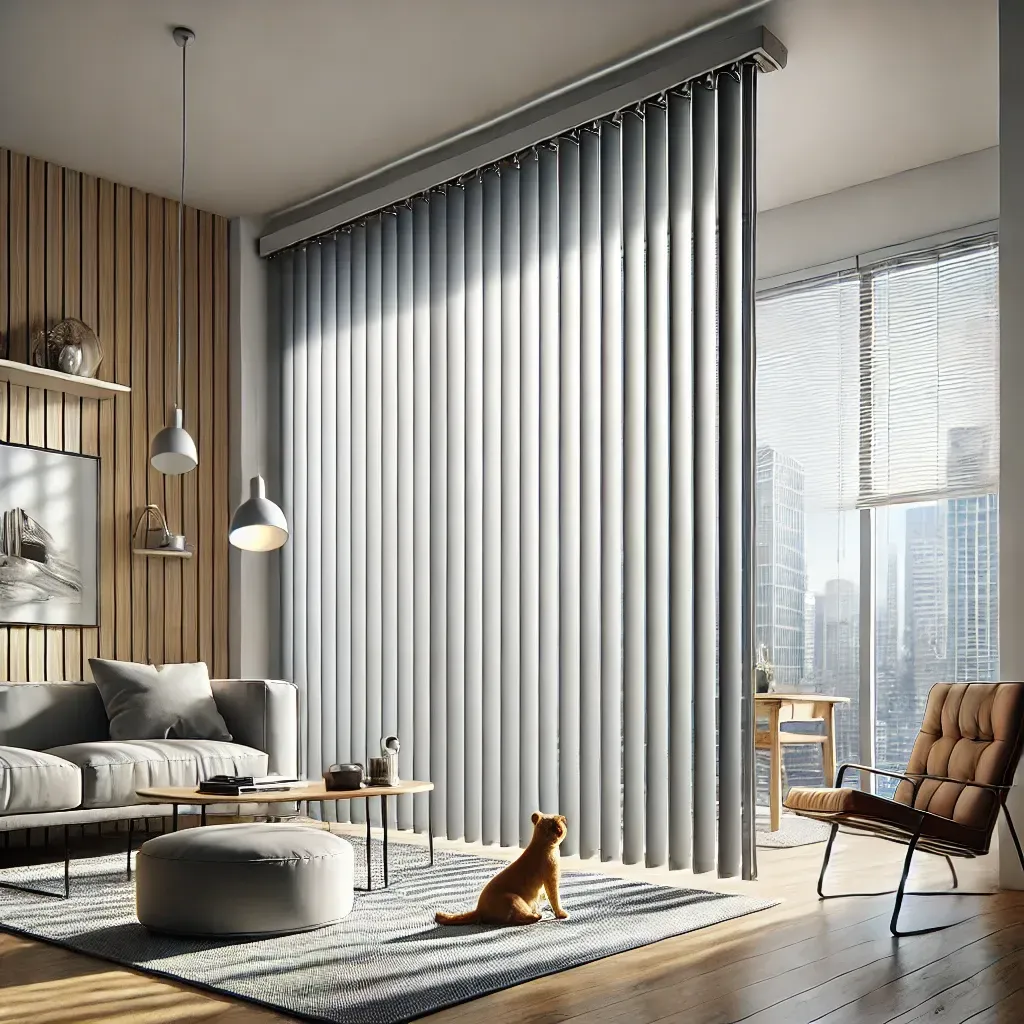
Vertical blinds are known for being durable and easy to maintain. Their design makes them less prone to wear and tear, and since the slats move from side to side, they are less likely to be damaged by daily use. This makes them an excellent choice for high-traffic areas or spaces with pets and children.
Horizontal Blinds: More Maintenance Required
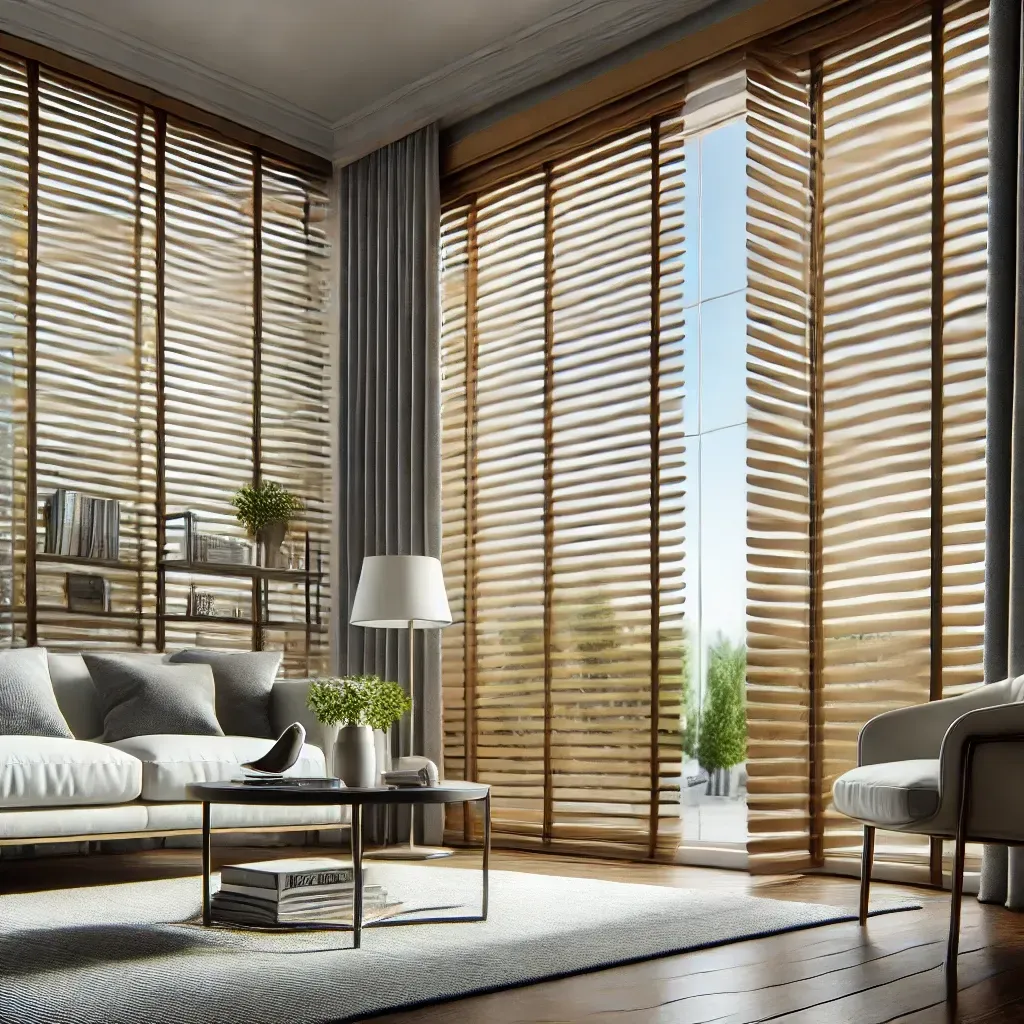
Horizontal blinds, while stylish, require more care. The mechanism for raising and lowering the blinds can sometimes wear out over time, and the slats themselves are more susceptible to bending or damage. However, investing in high-quality materials can increase the longevity of your horizontal blinds.
Cost: What’s the Price Difference Between Vertical and Horizontal Blinds?
Cost is always a consideration when selecting window treatments. Vertical blinds and horizontal blinds vary significantly in price based on the materials used.
- Wood vertical blinds generally range from $100 to $200 per window, offering a stylish and functional solution for large windows.
- Venetian blinds (horizontal blinds) can range from $26 to $400 depending on the material, size, and customization options. Faux wood and PVC tend to be more affordable, while real wood or custom designs are on the higher end of the price spectrum.
Conclusion
The choice between vertical and horizontal blinds ultimately comes down to your specific needs in terms of window size, functionality, and style preference.
- If you have large windows or sliding doors, vertical blinds are the best option for light control, ease of cleaning, and maintaining a modern look.
- For smaller windows or rooms where privacy and subtle light control are key, horizontal blinds provide a classic and versatile solution.
Both types of blinds offer unique benefits, so consider your specific requirements and the room’s function before making your choice.
Need to setup a Repair Appointment?
